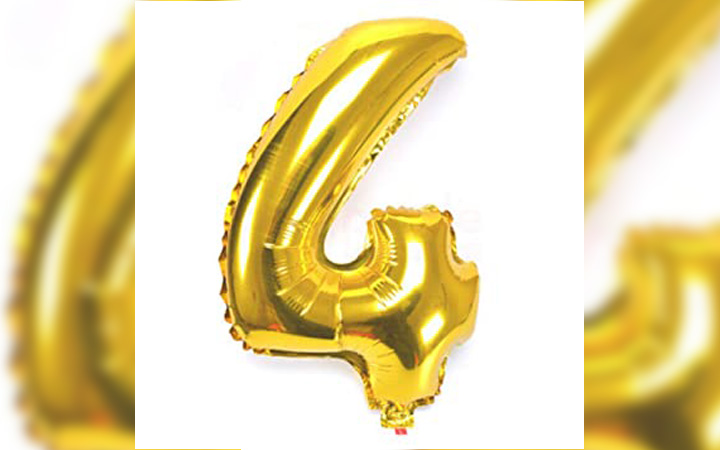Growing and Using Mulberries and Elderberries for Health

Many consider Mulberry Trees as a nuisance; they self seed and volunteer in unwanted locations, especially near the street. That is where my tree is located! But I do not park underneath it, instead, I lay a tarp on the street and harvest fresh berries during early to mid June in St. Louis, Missouri!
The first time I harvested Mulberries was in the early 80’s. My 7 year old niece Kathy was visiting; I was looking for an activity that would engage a child. It was late May or early June when the Mulberries from 3 trees on the property had ripened and were falling. We collected a bucketful of the dark purple, juicy fruits, rinsed and placed them into a pastry crust to form miniature pies. We sprinkled a small amount of sugar on top and nothing else that I recall. Simple and complex! The flavors turned out to be earthy sweet on a light flakey crust. At Kathy’s age during my childhood, I enjoyed tasting Mulberries when they ripened in June, just as school was letting out. But I had never tasted them baked into a pie or cookie until that afternoon. We were amazed at how delicious our creation turned out.
This began my journey into harvesting Mulberries every year to for jams, syrup, pies and cookies. My interest in berries grew to also allow several stands of Elderberry to dominate my main garden beds in full sun. The Mulberry tree is now over 50’ tall and produces buckets of fruit. My stands of Elderberry produce enough flowers in June for drying; used as tea and for harvesting the berries in August. Two super foods for jam and syrup, I often freeze my Mulberries and Elderberries to process when time permits. This is especially great when my schedule is busy at harvest time; this is a hobby not a business. I will experiment with flavors, adding pineapple, or almond extract to my recipe. A preserve can be made by combining both Mulberry and Elderberry flavors.
These natives grow readily and easily. I shy away from thorny berries such as raspberries and blackberries. And my soil is not acidic enough for Blueberries. There is a refrigerator cookie dough recipe in The Joy of Cooking Cookbook. I use this cookie dough to make thumbprint cookies with Mulberry Jam.
My hobby is a labor of love for good health from foraged food in the backyard. The nutritional benefits of both Elderberries and Mulberries are well documented. Enjoy the free and bountiful pleasures of Mulberries and Elderberries.
Mulberry Jam
4 cups prepared fruit (1-1/2 qt. fully ripe berries)
1 box SURE-JELL Fruit Pectin
1/2 tsp. butter or margarine
4 cups sugar, measured into separate bowl
Bring boiling-water canner, half full with water, to simmer. Wash jars and screw bands in hot soapy water. Pour boiling water over flat lids in saucepan off the heat. Let stand in hot water until ready to use. Drain well before filling. Crush mulberries thoroughly, one layer at a time. Measure exactly 4 cups prepared fruit into 6- or 8-qt. saucepot. Stir pectin into prepared fruit in saucepot. Add butter to reduce foaming. Bring mixture to full rolling boil (a boil that doesn’t stop bubbling when stirred on high heat), stirring constantly. Stir in sugar (I have substituted brown sugar, date sugar or coconut palm sugar instead of white sugar with success). Return to a full rolling boil and boil exactly 1 min., stirring constantly. Remove from heat. Skim off any foam with metal spoon.
Ladle immediately into prepared jars, filling to within 1/4 inch of tops. Wipe jar rims and threads. Cover with two-piece lids. Screw bands tightly. Place jars on elevated rack in canner. Lower rack into canner. (Water must cover jars by 1 to 2 inches. Add boiling water, if necessary.) Cover; bring water to gentle boil. Process 10 min. Remove jars and place upright on towel to cool completely. After jars cool, check seals by pressing middles of lids with finger. (If lids spring back, lids are not sealed and refrigeration is necessary.)
The recipe is similar for Elderberries, however, the preparation of Elderberries is different.
Rinse elderberry clusters thoroughly. I find the easiest way to do this is to put them in the basin of my kitchen sink, and fill it up with water.
If you’ve picked your own elderberries, often there are little squash bugs or spiders that will come to the surface, so keep an eye out for them.
Working over a large bowl, work on one small cluster at a time, gently raking your fingers or the tines of a fork across the clusters to dislodge the berries from the stems.
Use mostly berries that are completely blue or black. A few underripe green berries are fine; they have more pectin and including them will help the jelly set.
For each batch of jelly, collect 3 lbs of de-stemmed elderberries (about 8 to 10 cups).
Place berries in a large pot and crush with a potato masher to release some of the juices. I have used frozen and thawed Elderberries to make this step a little easier. Turn the heat to medium and continue to crush as the mixture heats up to a boil.
Once the berries and their juices reach a boil, reduce the heat to low and let the berries simmer for 10 minutes. Remove from heat.
Place a large fine-mesh sieve, or 4 layers of cheesecloth, over a pot.
Slowly transfer the mashed berries and juice over the sieve to strain the juice out into the pot. Let strain for an hour.
You’ll need 5-6 8-ounce canning jars and lids. Rinse out the jars and place on a baking sheet, top up, in the oven. Heat for 10 minutes at 200°F to sterilize the jars.
To sterilize the lids, bring a kettle of a couple cups of water to a boil. Place lids in a shallow bowl and pour the boiling water over them.
You will need 3 cups of juice to make one batch of jelly if SureJell pectin.
Any amount more than that you can reserve for making syrup, or add to another batch for jelly.
Place 3 cups of juice into a large, high sided, wide pot (8-quart). Add the lemon juice and pectin. Bring to a boil on high heat.
Add 4 1/2 cups sugar and 1/4 teaspoon of butter. Stir with a wooden spoon. Bring to a boil again. Watch the pot as the mixture will foam up considerably. You may need to lower the heat a bit to keep the foam from boiling over the pot.
By the way, the reason we add a small amount of butter is that it helps keep the mixture from boiling up as high.
As soon as the mixture reaches a rolling boil that you cannot diminish by stirring, watch the clock.
Wipe rims with a damp paper towel. Place lids on jars and rings to secure.
If you want, to ensure a good seal and to protect against mold (any potentially harmful bacteria will already be destroyed by the sugar concentration of the jelly), you can process the jars in a water bath for 5 minutes.
To do so, put a steaming rack at the bottom of a large, tall pot. Fill the pot halfway with water (enough to cover jars with an inch or two of water when in the pot), bring to a boil, gently place the jars in the pot (helps to use a jar lifter, tongs, or be wearing rubber gloves), boil for 5 minutes, and remove.
Let cool. As the jelly cools you should hear a popping sound as the lids seal.

 bout the Author
bout the Author




